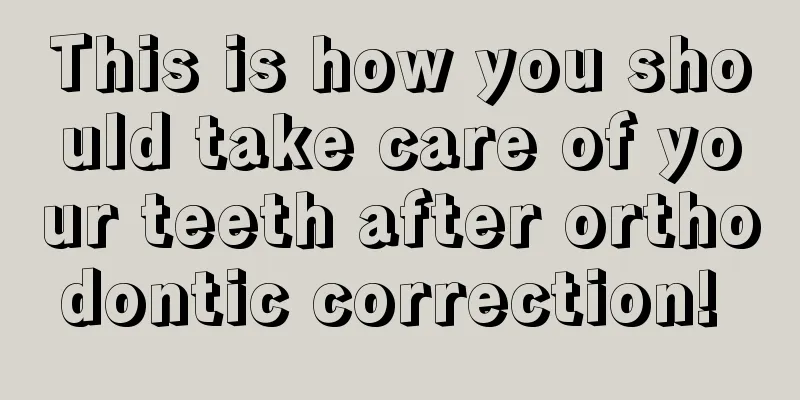Lip tie correction

|
The lip frenulum is the place where the lips and gums are connected. These lip frenulum are very useful to the human body. Although they grow in a very inconspicuous place, if there is any problem with these lip frenulum, such as growing crooked or broken, it will have a great impact on the person. Let’s take a look at what lip tie correction is. To correct a short lip frenulum, a lip frenectomy can be performed. The operation can be performed with local infiltration anesthesia. 0.5 ml of anesthetic is injected at the upper and lower ends of the frenulum. The upper lip is pulled open and a vascular clamp is used parallel to the labial surface of the alveolar bone, in contact with the labial alveolar mucosa, and pushed all the way to the labial vestibule groove to clamp the frenulum. Pull the upper lip upward and outward until it is at a right angle to the alveolar bone. Use another straight vascular clamp to clamp the frenulum by pushing it close to the inner mucosa of the upper lip to the lip groove. At this time, the tips of the two hemostats touch each other, and the clamped ligament forms a "V" shape between the two hemostats. Use a No. 11 blade to remove the lip frenulum by sticking close to the outer sides of the two hemostats, i.e. the labial and gingival mucosal surfaces. The hemostat falls off along with the excised tissue. Be careful not to leave the clamped tissue behind, otherwise it will undergo necrosis. Then use scissors or hemostatic forceps to free the wound until it can be sutured longitudinally without tension. After suturing, place a small amount of iodine gauze between the alveolar bone and the upper lip and remove it after 2 hours. If the upper lip frenulum is too low or abnormal, it can also cause a gap between the upper permanent central incisors. The correction method should be to close the gap first. Once closed, the frenulum is allowed to gather on its own and then absorb naturally. If the frenulum is not absorbed after 3 weeks, a lip frenectomy will be performed to ensure the effectiveness of orthodontic treatment. It is better to close the gap first and then perform surgery than to surgically remove the lip frenulum and then close the gap. This can avoid the resistance of scar tissue after surgery that hinders the closure of the gap. Lip-tie surgery now mostly uses electrocautery, which can reduce bleeding because it burns the capillaries. When a baby is born, the lip frenulum is attached to the top of the alveolar ridge, and its fibers extend into the palatal incisor mastoid. When the teeth erupt and the alveolar bone grows, the lip frenulum attachment gradually leaves the top of the alveolar ridge. Generally, at the age of 10 to 12 years, the lip frenulum is about 3 mm away from the gingival margin. The abnormal lip frenulum is located between the maxillary central incisors. The bone septum embedded in it is connected to the periosteum and the connective tissue of the palatal suture, preventing the two central incisors from being adjacent to each other and forming a gap between the two central incisors. This low lip frenulum attachment is often familial and has genetic factors. |
<<: The first urine in the morning is milky white
>>: Complications of tongue-tie surgery
Recommend
How to care after lip bleaching
With the rapid development of science and technol...
At the beginning of winter, the cold arrives. Three major customs are used to welcome the winter hibernation
There has always been a saying in my country abou...
Dietary considerations for endometrial cancer
This is very important because obesity increases ...
Experts analyze the three most common causes of pancreatic cancer
Pancreatic cancer is a relatively common malignan...
How to treat liver cancer ascites more effectively? Liver cancer ascites can be treated like this
Ascites caused by liver cancer is a more serious ...
Taboo for pregnant women to hold other people's children
In the past, some folk beliefs believed that preg...
What are the causes of occupational skin cancer
The incidence of skin cancer is relatively low in...
What's wrong with the brown vertical lines on the nails
Many people's nails are relatively smooth and...
Treatment of nasopharyngeal carcinoma
Treatment of nasopharyngeal cancer: 1. Treatments...
What is the relationship between cervical cancer and nutrition
The cause of cervical cancer seems to be related ...
What is the difference between liquid soap and laundry detergent
When people wash clothes, they always cannot do w...
What are the advantages and disadvantages of sleeping on a hard bed?
If you want to get a good sleep, the choice of th...
What are the early symptoms of bladder cancer?
Bladder cancer is a common male urinary disease w...
Good habits in kindergarten
We all know that for some children, only by educa...
Are people who fart frequently healthy?
The most embarrassing thing in life is to fart in...









